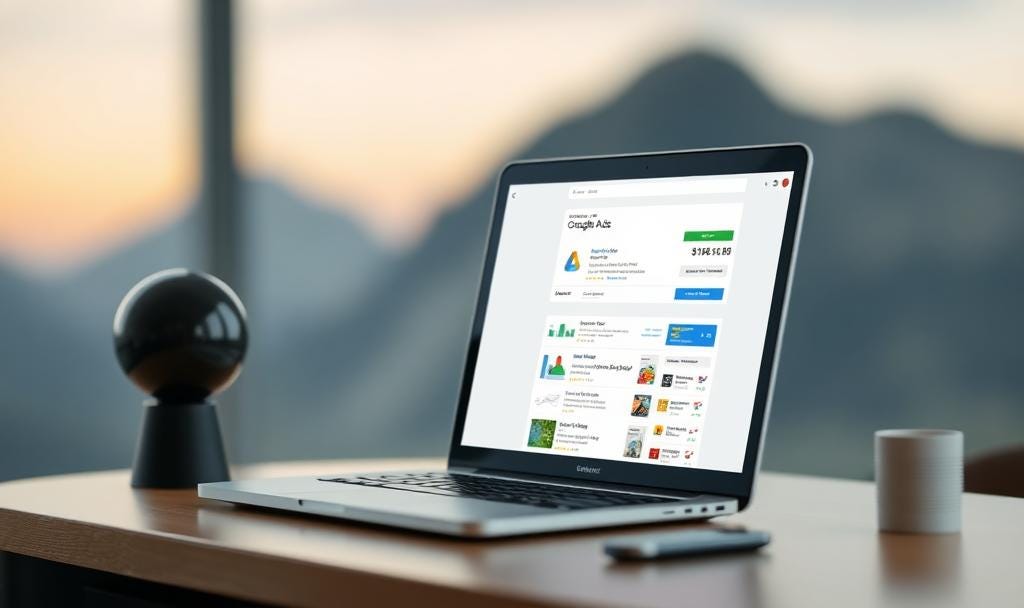Step-by-Step Guide to Optimizing Your PPC Landing Page for Google Ads
Learn a step-by-step guide to PPC landing page optimization for Google Ads. Improve conversions, boost Quality Score, and lower your ad spend.
When running Google Ads, the success of your campaign doesn’t stop at getting clicks. The true test lies in what happens after a user lands on your page. A well-designed and optimized PPC landing page can make the difference between wasted spend and consistent conversions. In this guide, we’ll walk you through a step-by-step process to optimize your landing page for Google Ads success.
Step 1: Align Landing Page with Ad Copy
The first rule of PPC Landing Page Optimization is relevance. If your ad promises “50% Off Web Hosting,” the landing page must highlight that exact offer. Consistent messaging improves trust, boosts Quality Score, and reduces bounce rates. Always use the same keywords and tone from your ad copy on the page.
Step 2: Craft a Compelling Headline
Your headline is the first thing users see. Keep it clear, benefit-driven, and aligned with your ad. For instance, if your ad is about “Free PPC Consultation,” the headline should immediately reinforce that. Strong headlines not only grab attention but also guide users toward your call-to-action.
Step 3: Focus on User-Friendly Design
Clutter kills conversions. A successful landing page has a clean layout, easy navigation, and a clear visual hierarchy. Use bullet points to highlight benefits, keep paragraphs short, and ensure whitespace makes the page breathable. Conversion optimization thrives on simplicity.
Step 4: Optimize for Mobile Users
With over half of searches coming from mobile, your landing page must be responsive. A slow-loading, poorly designed mobile page leads to higher bounce rates and wasted clicks. Use fast-loading images, mobile-friendly forms, and tap-friendly buttons to ensure a seamless experience.
Step 5: Use Strong and Clear CTAs
Your call-to-action (CTA) is the gateway to conversion. Avoid vague CTAs like “Submit.” Instead, use persuasive, action-oriented text such as “Start Your Free Trial” or “Get My Quote Today.” Place your CTA above the fold and repeat it strategically across the page.
Step 6: Build Trust with Social Proof
Adding reviews, testimonials, or trust badges increases credibility. Users are more likely to convert when they see proof that others have benefitted. Case studies and star ratings can make your PPC campaigns more effective by reducing hesitation.
Step 7: Improve Page Speed
Google Ads rewards fast-loading landing pages with better ad performance and lower CPC. Use tools like Google Page Speed Insights to optimize images, compress code, and enable caching. Aim for under three seconds of load time for the best results.
Step 8: Test and Analyze Performance
PPC landing page optimization is not a one-time task. Run A/B tests for headlines, CTAs, and layouts. Track conversions with Google Analytics or Google Ads conversion tracking. Continuous testing ensures you refine the page for maximum ROI.
Final Thoughts
Optimizing your PPC landing page for Google Ads is about relevance, speed, design, and continuous improvement. By following this step-by-step guide, you’ll not only increase conversions but also get more value from every click. Invest time in PPC landing page optimization, and your ad spend will work harder than ever before.
FAQs
1. Why is PPC landing page optimization important?
It directly impacts conversion rates, Quality Score, and ad costs. A better landing page means more leads at a lower cost.
2. How many CTAs should a landing page have?
One main CTA is ideal, repeated in different sections for visibility without overwhelming the user.
3. What’s the best way to test landing page performance?
A/B testing different variations of headlines, CTAs, and designs is the most effective way to measure improvements.
4. Can a slow landing page hurt Google Ads performance?
Yes. A slow page increases bounce rates, lowers Quality Score, and raises your cost per click.
5. How often should I optimize my landing page?
Review performance monthly and run new tests every time you launch a fresh campaign.

